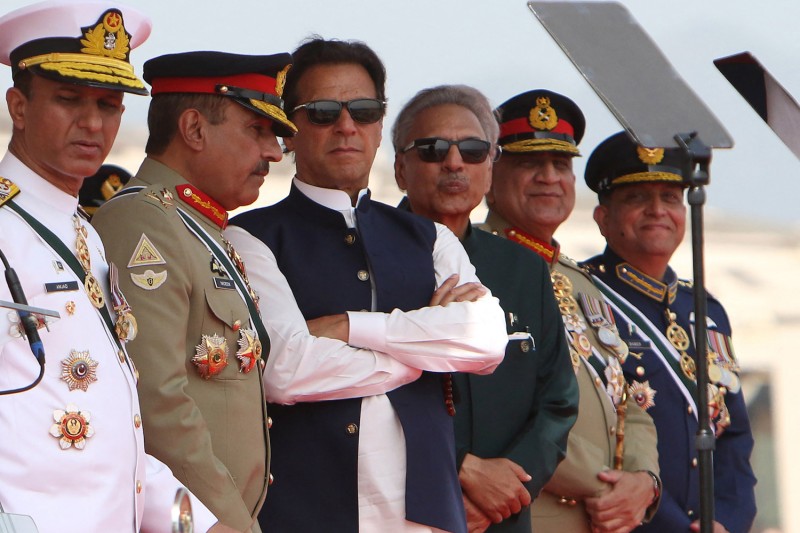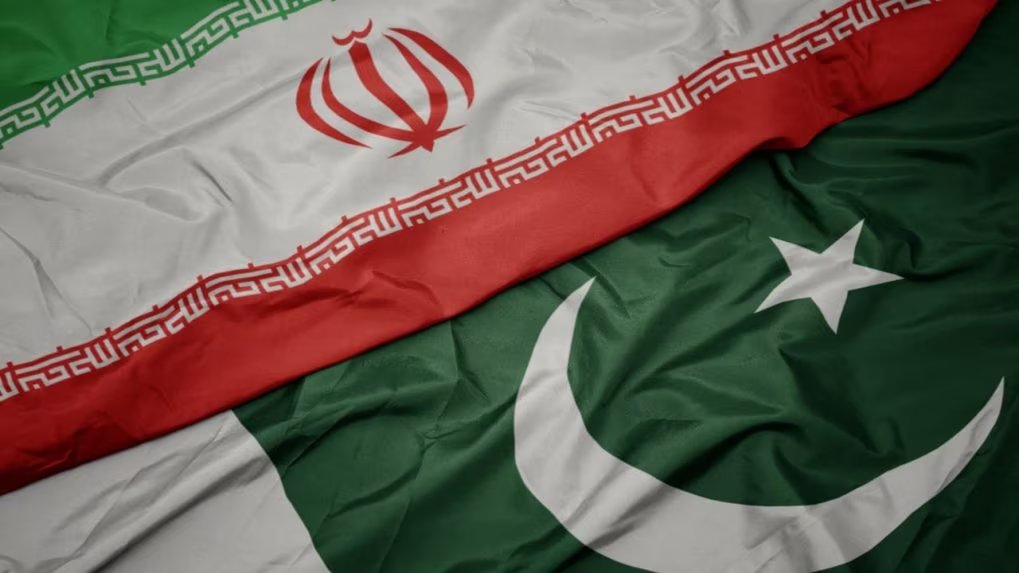The Iran-Pakistan conflict presents multifaceted challenges, involving internal security concerns, regional power dynamics, and global geopolitical considerations. As these dynamics continue to unfold, the intricate interplay of domestic politics, military actions, and international relationships will shape the trajectory of this conflict, carrying implications beyond the immediate region.
On January 16, 2024, tensions escalated between Iran and Pakistan when Iran conducted missile and drone strikes in Balochistan province, targeting the Iranian Baloch militant group Jaish al-Adl. In response, Pakistan initiated coordinated military strikes just over 24 hours later. However, timely intervention from China helped ease the growing tension, leading to a stalemate and reducing the possibility of further escalation.
Iran’s Perspective:
The Iranian regime has linked security issues in the southeastern province of Sistan and Baluchestan to Jaish al-Adl, heightening tensions between the Sunni minority and Shia majority. Jaish al-Adl, a Sunni militant group with alleged connections to the Pakistan Armed Forces, emerged in 2012. Formerly part of the Jundullah group, its decline followed the detention of many members by Iran. The group’s objective is to secure independence for the eastern Sistan region of Iran and the southwestern Baluchistan province of Pakistan.
Jaish al-Adl, employing effective propaganda and media strategies, has strategically targeted key pillars of power within Iran, including the Islamic Revolutionary Guard Corps (IRGC), police, judges, local officials, border guards, and the military. Their actions extend beyond borders, evident in the kidnapping of Indian citizen Kulbhushan Jadhav, handed over to the Pakistani Army, raising concerns about the group’s influence and activities.
Conflict Dynamics and Global Implications:
The December 15 assault by Jaish al-Adl on a police station in Sistan and Baluchestan resulted in the deaths of 11 security personnel. This incident underscored Iran’s struggle to leverage the Israel-Hamas conflict for domestic and regional objectives, aiming to mitigate anti-Shia sentiment within the Sunni minority and suppress Jaish al-Adl’s separatist tendencies.
The ongoing confrontation between Iran and Pakistan has broader implications for the region and global geopolitics. While the escalation is notable, but it is unlikely to see further retaliatory actions from either side. However, the involvement of China signals a changing geopolitical landscape, impacting regional power dynamics which is presenting itself as a challenge for the US hegemony in the region. Also, allegations of ties between Jaish al-Adl and the Pakistan Armed Forces prompt significant challenge for the country as the country struggles to hold its ground with un-surmounting economic and political challenges.
Challenges for Pakistan in 2024:
As 2024 unfolds, a significant challenge for Pakistan lies in organizing an election that garners global confidence and assures the Pakistani public of its fairness. The aspiration is to witness Nawaz Sharif or a nominee from his party reclaim the Prime Minister’s position. However, achieving this goal poses a significant challenge for the Pakistan Army, tasked with detaining Imran Khan and dismantling his political party, PTI. Despite these impediments, Imran Khan remains a popular figure, leveraging his status as a world-winning cricket captain and resonating with the public through vocal anti-USA and anti-India sentiments.
The evolving scenario places Pakistan’s army on one side and Imran Khan, along with his party, on the other, shaping a complex and dynamic political landscape. The discontent among the Pakistani people towards the army, particularly General Asim Munir, is becoming more noticeable, intensifying the pressure on the leadership.

More on this story: Political turmoil in Pakistan: future scenarios
International Dimensions:
In this intricate situation, the intelligence services of both Iran and Pakistan may play a crucial role in conflict resolution. The historical understanding and cooperation between these intelligence agencies offer a potential diplomatic avenue to ease tensions.
Adding another layer to the situation is the close relationship between the Pakistani Army and the United States. The U.S. Department of Defense’s insights on the conflict may influence Pakistan’s approach. With Iran targeting U.S. positions in Syria and taking actions against Israel, there is a backdrop where the U.S. might consider leveraging its alliances to counter Iranian influence in the region. The understanding of these possibilities, however, remains contingent on various factors and uncertainties in this complex geopolitical landscape.






